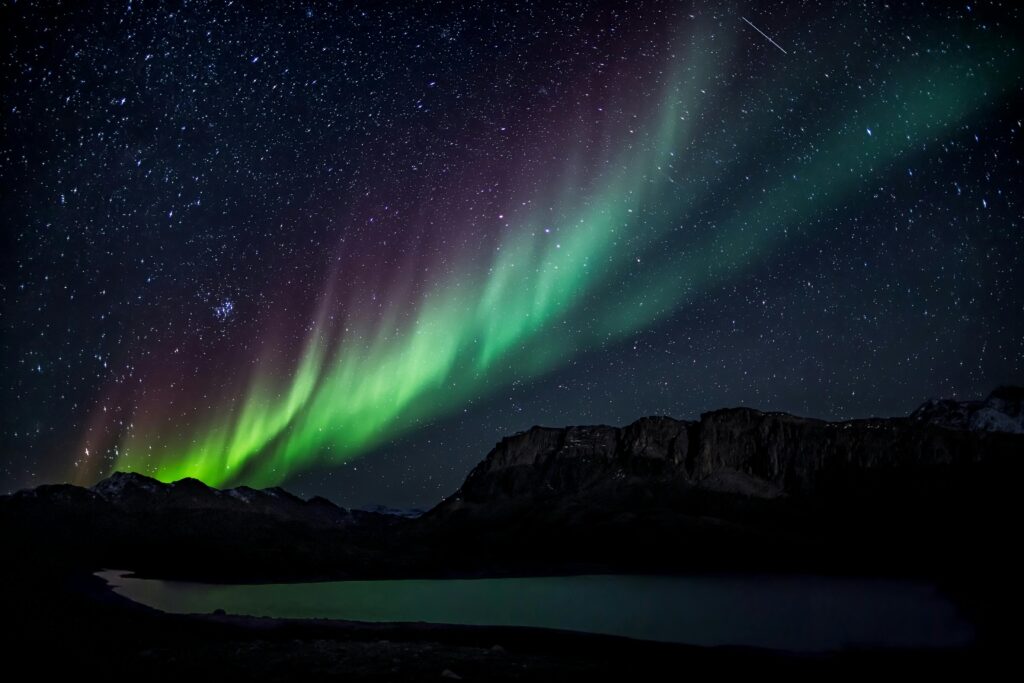
We’ve all seen the photos. Swirling curtains of emerald green and fiery red, painting the Arctic skies—the Aurora Borealis, or Northern Lights. It’s one of Earth’s most breathtaking natural wonders. But what if I told you that this dazzling phenomenon isn’t unique to our world? Far out in the cold, dark reaches of our solar system, another planet puts on its own light show. This is the story of Neptune’s aurora, and it’s a tale so strange that it makes our own polar lights look almost ordinary.
Imagine a light show that isn’t neatly centered at the poles, but flickers and wanders across the entire planet. A display so faint and alien that it’s invisible to the human eye, and so mysterious that it’s powered not just by the Sun, but potentially by a geyser-spewing moon. This isn’t science fiction. This is the reality on the ice giant Neptune, a world that continues to defy our expectations and captivate astronomers decades after its only visitor, Voyager 2, flew by. Let’s dive into the enigmatic science behind the solar system’s most peculiar celestial performance.
What is an Aurora, Anyway? A Quick Cosmic Refresher
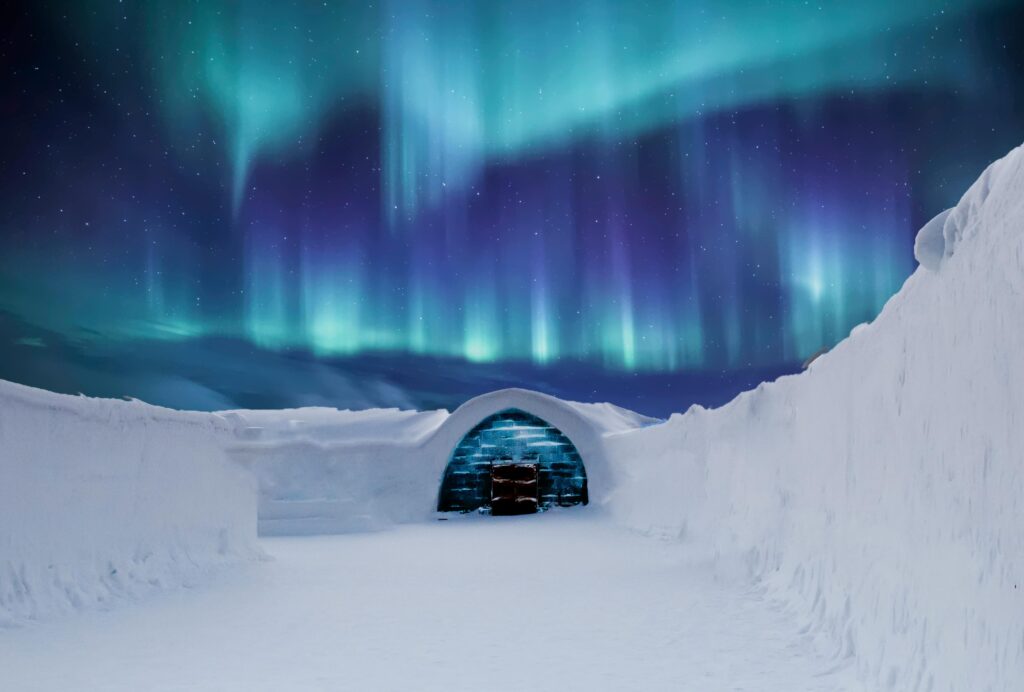
Before we can appreciate just how weird Neptune is, we need to understand the basics of how any aurora works. Think of it as a universal cosmic recipe, but one where different planets can substitute their own ingredients.
The recipe goes like this:
- The Star: Our Sun constantly blows a stream of charged particles out into space. This is the solar wind.
- The Magnet: A planet needs a magnetic field. This field acts like a giant, invisible shield, channeling and guiding those charged particles from the solar wind.
- The Canvas: The planet’s atmosphere, filled with gases like oxygen, nitrogen, or, in Neptune’s case, hydrogen and helium.
- The Reaction: The solar wind particles, funneled by the magnetic field, slam into the atmospheric gases. This collision transfers energy, causing the gas atoms and molecules to glow—just like a neon sign.
On Earth, this process creates the iconic, dancing Northern and Southern Lights, concentrated in neat ovals around our magnetic poles. It’s a beautiful and relatively straightforward dance between the Sun and our planet. But as we’ll see, Neptune decided to rewrite the choreography entirely.
The First Glimpse: Voyager 2’s Historic Discovery
For all of human history, Neptune was just a faint, blue dot in the sky. Its immense distance—about 2.8 billion miles from the Sun—kept its secrets locked away. That all changed in the summer of 1989.
NASA’s intrepid Voyager 2 spacecraft, after a 12-year journey through the solar system, became the first and only spacecraft to visit this icy world. As it swept past, its instruments whirred to life, collecting data that would forever change our understanding of the outer planets.
Voyager 2 didn’t have a camera that could simply snap a pretty picture of the aurora. Instead, it used an ultraviolet spectrometer to “see” the faint glow of energized particles in Neptune’s upper atmosphere. What it found was astonishing.
First, the auroras were incredibly faint and diffuse. They weren’t the bright, concentrated ribbons we see on Earth. Second, and more confusingly, they weren’t neatly positioned at the magnetic poles. They were spread out over huge areas of the planet and seemed to be wandering. Scientists had just witnessed the first evidence of an auroral display unlike any other, and it immediately presented a profound puzzle.
Why Neptune’s Aurora is So Weird: 3 Key Differences
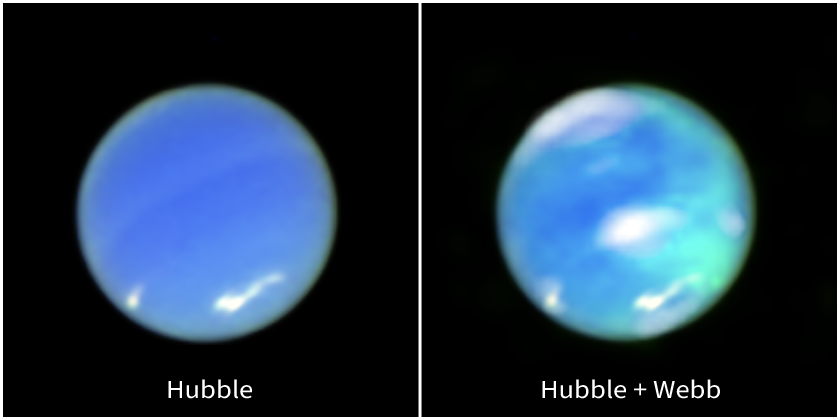
So, what makes Neptune’s light show the oddball of the solar system? It all boils down to three fundamental quirks that set it apart from anything we know.
1. A Wobbly, Tilted Magnetic Field
If Earth’s magnetic field is a well-centered, stable bar magnet, then Neptune’s is a wobbly top spinning wildly off-kilter.
Our planet’s magnetic poles are roughly aligned with its geographic poles (the axis it spins on). Neptune’s, however, are a mess. Its magnetic field is tilted at a drastic 47-degree angle from its rotational axis and, even stranger, it’s not centered on the planet’s core. It’s offset by over half the planet’s radius.
Imagine trying to walk in a straight line while holding a lopsided, wildly gyrating compass. That’s essentially what the solar wind particles experience as they approach Neptune. Instead of being funneled neatly into two concentrated “eyes” at the poles, they are dragged along a chaotic, wobbling path. This results in auroras that are smeared across vast swaths of the planet, appearing and disappearing in unexpected places as the planet rotates. There are no stable “auroral ovals” here; it’s more of an ever-changing, global smear of light.
2. A Surprisingly Weak Power Source
Here’s another head-scratcher. By the time the solar wind travels the billions of miles to Neptune, it’s a pale shadow of its former self. It’s incredibly weak and diffuse. For decades, scientists wondered: how can such a faint solar wind generate any aurora at all, even a weak one?
The energy just didn’t add up. Unlike Jupiter, which has a powerhouse magnetic field and rapid rotation, or Earth, which sits in a robust solar wind, Neptune seemed to lack a clear, dominant engine for its auroral display. This led scientists to look for another, more local power source. The answer, they suspected, was hiding in plain sight—or rather, orbiting nearby.
3. The Mysterious Role of its Moon, Triton
Meet Triton, Neptune’s largest moon and the key to unlocking this mystery. Triton is a world of bizarre contradictions. It’s one of the only moons in the solar system that orbits its planet backwards (a retrograde orbit), suggesting it was a captured object from the Kuiper Belt. Even more intriguingly, Voyager 2 discovered that Triton is geologically active, with cryogeysers spewing nitrogen gas and dark dust miles into its thin atmosphere.
This is where the pieces start to fit together. Scientists theorize that these geysers are feeding particles directly into space. As this material is ionized (becomes electrically charged), it gets caught in the drag of Neptune’s powerful magnetic field and is whipped down towards the planet’s atmosphere.
In this scenario, Triton isn’t just a moon; it’s an internal battery. It’s providing a homegrown source of fuel for the aurora, supplementing—or perhaps even surpassing—the weak power provided by the distant Sun. This concept of a moon-driven aurora is also seen at Jupiter with Io, but at Neptune, with its unique magnetic field, the results are far more chaotic and strange.
Cracking the Code with Hubble and Modern Telescopes
After Voyager 2 continued on its path into interstellar space, we were left with a single, fleeting data point. For years, Neptune’s aurora remained a frozen mystery. How could we continue to study it?
The answer came from an observatory much closer to home: the Hubble Space Telescope. While Hubble can’t see the visible light of the aurora, its ultraviolet vision is perfect for the task. Observations from Hubble have been crucial. They’ve confirmed that the auroras are not a one-time fluke but a persistent, yet highly variable, phenomenon.
These studies have shown that the auroras pulse and change in brightness and location, sometimes over just a few days. This variability supports the complex interplay of forces at work: the weak but steady push of the solar wind, the internal charging from Triton’s atmospheric losses, and the chaotic influence of that lopsided magnetic field. Every new observation from Hubble adds another piece to the puzzle, but a complete picture remains frustratingly out of reach.
Neptune’s Aurora vs. The Solar System
To truly grasp Neptune’s uniqueness, it helps to see it in context. Let’s put our solar system’s auroras on a cosmic scorecard:
- Earth: The classic. Powered by a strong, steady solar wind. Features bright, colorful, and well-defined ovals at the magnetic poles.
- Jupiter: The powerhouse. Driven by its incredibly fast rotation and material from its volcanic moon, Io. Creates permanent, super-intense auroras that are hundreds of times more energetic than Earth’s, including brilliant X-ray flares.
- Neptune: The oddball. Weakly powered by a faint solar wind and its own moon, Triton. Its auroras are faint, diffuse, and wander across the planet due to its severely tilted and offset magnetic field. They are a ghostly, unpredictable shroud.
This comparison makes one thing clear: while the fundamental physics is the same, local conditions—the strength of the magnetic field, the power source, and the atmospheric composition—create wildly different results.
The Future: What We Still Don’t Know
Decades after their discovery, Neptune’s auroras are still shrouded in mystery. We have compelling theories, but definitive answers require more data.
- Is Triton the primary driver, or is it just a contributor?
- How exactly do the charged particles from Triton travel along Neptune’s complex magnetic field lines?
- What is the precise composition of Neptune’s upper atmosphere that creates its specific ultraviolet glow?
- How does the entire system—solar wind, magnetic field, and Triton—interact over the planet’s long seasons (each lasting over 40 Earth years)?
The frustrating and exciting truth is that we simply don’t know. The only way to solve these mysteries is to go back.
A Flickering Beacon in the Dark
Neptune’s aurora is more than just a pretty (ultraviolet) picture. It is a flickering beacon, illuminating the profound strangeness of the ice giants. It tells a story of a world with a chaotic heart, a lopsided magnetic field, and a dynamic relationship with a captured, geyser-blowing moon. It is a testament to the incredible diversity of our solar system and a humbling reminder that for every rule, there seems to be an exception in the deep, dark frontier beyond Saturn.
The faint, wandering glow of Neptune’s aurora is a siren call to explorers and scientists. It represents one of the last great unsolved puzzles in our planetary neighborhood, waiting for a new generation of spacecraft to finally reveal its secrets.
What do you find most fascinating about Neptune’s aurora? Are there other planetary mysteries you’d like us to cover? Let us know in the comments below
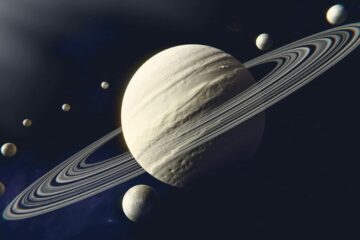
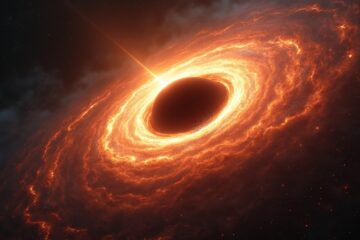
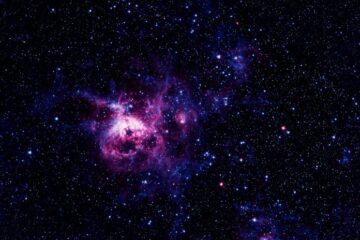
0 Comments